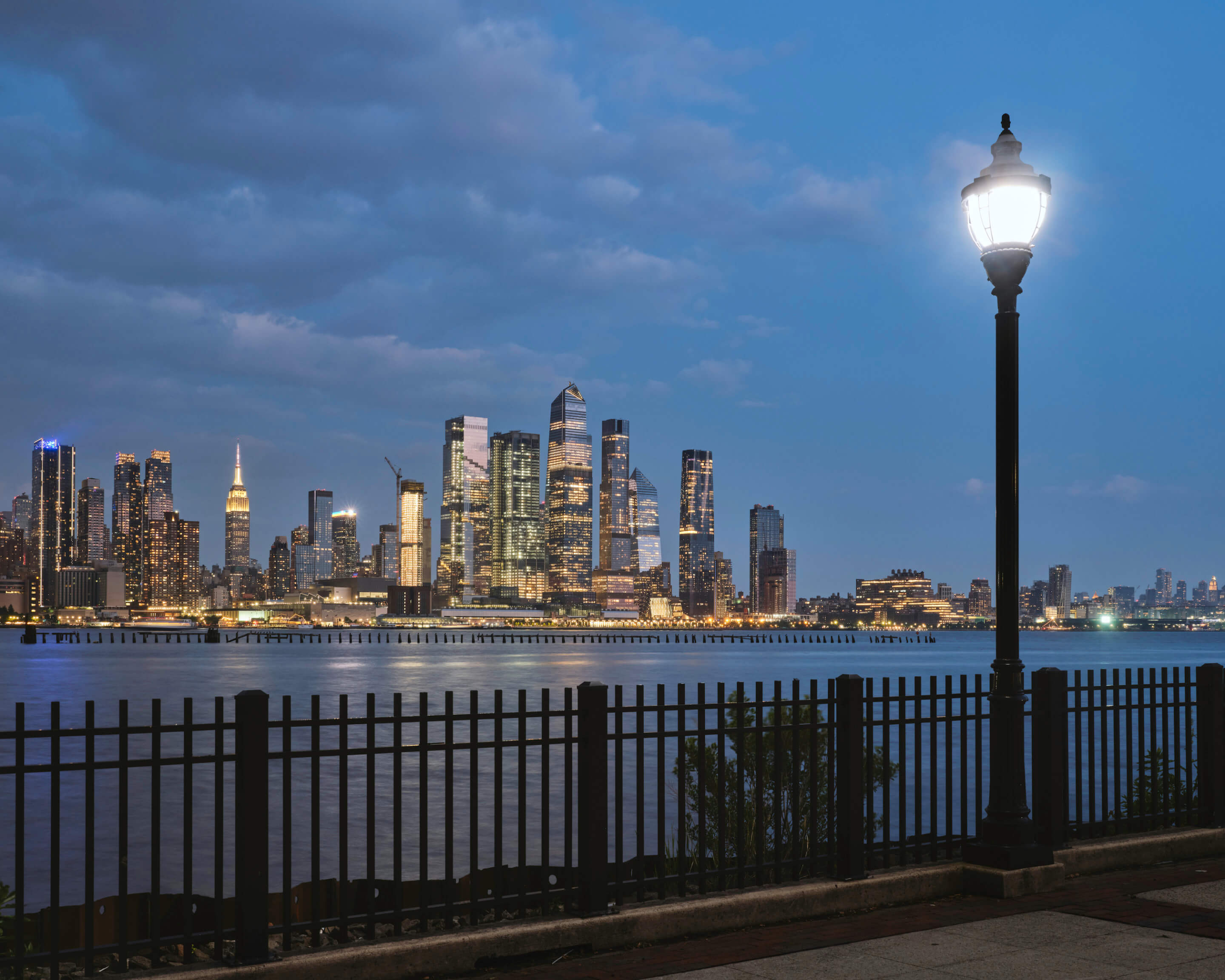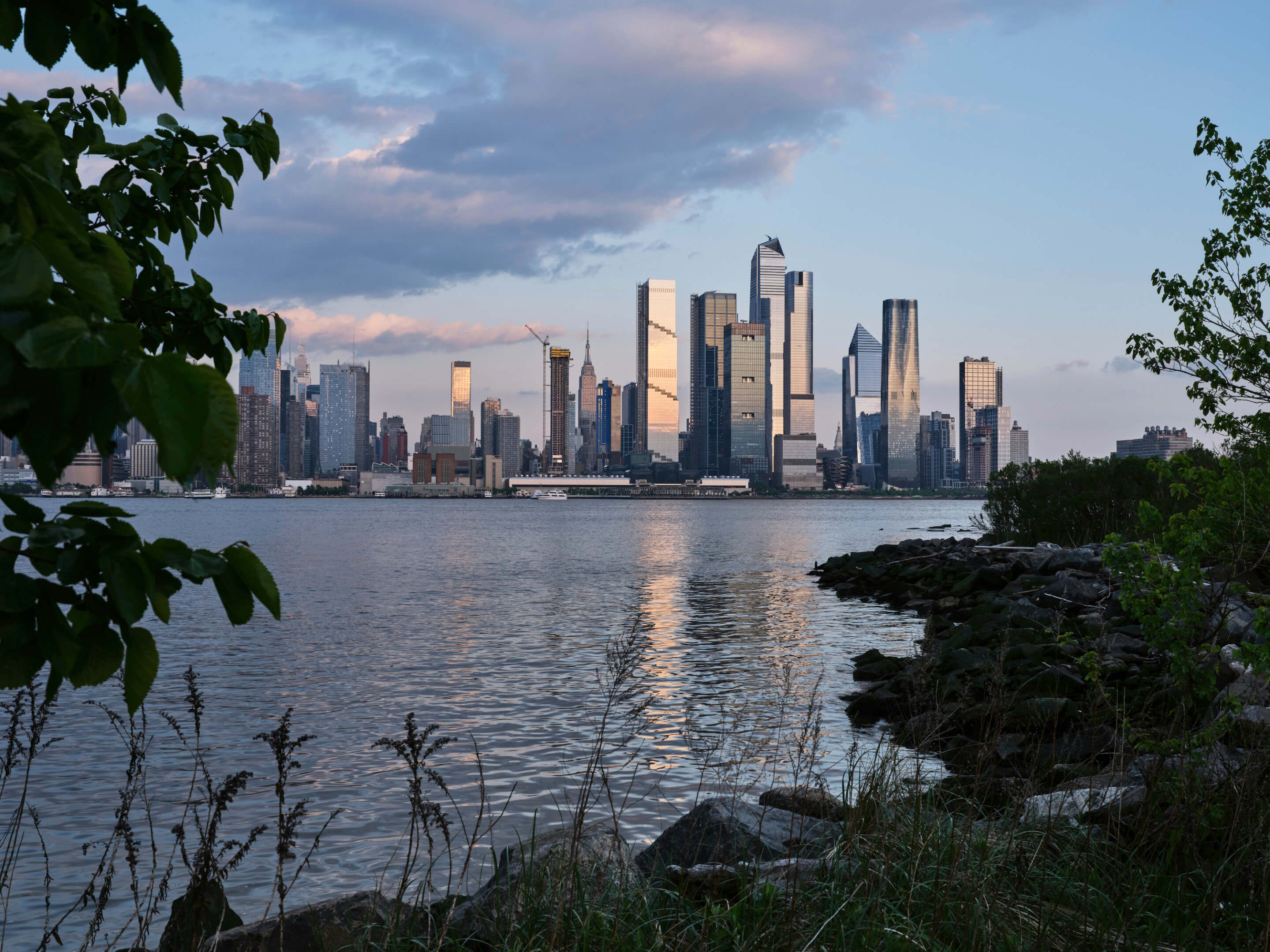Judging by the halting responses of various press offices within the newly formed mayoral administration of Eric Adams to a basic question about its infrastructure priorities, I fully expect that in a matter of weeks New York City will collapse into a pile of fiery debris: Its bridges will fail; its subways will be permanently inundated by stormwater; and its residents, having taken to homemade rafts, will begin scavenging for food, water, and shelter. More patient, less alarmist observers suggest the mayor’s staff simply don’t know how to answer the question yet.
That said, clues to the intentions of the Adams administration for better governance can be found in a couple of places, including a plan for economic recovery released by the mayor’s office in March, a two-pager shared by the Department of Transportation (DOT), and a trickle of information from other sources.
Suggestions offered by former mayoral staffers, scholars, and expert practitioners could also help guide infrastructure policy toward a more ecological, equitable, and beautiful city (if it’s still standing). We gather from Thaddeus Pawlowski, who worked as an emergency planner for the city in Bill de Blasio’s administration, that the former Mayor’s Office of Climate Resiliency is being renamed the Mayor’s Office of Climate and Environmental Justice to combine several offices under a single umbrella. Crucially, the office will also be placed under the oversight of the Department of Environmental Protection (DEP), which has substantial capital budgets.
The appointment of top-level officials hailed as smart and competent, such as Rohit T. Aggarwala as DEP commissioner, has also created a sense of optimism among outside observers like Pawlowski. (Initial missteps by the Adams administration, including the hiring of Bernard Adams as director of mayoral security, and the bulking up of police presence on public transit, were deflationary, to say the least.) However, none of these officials were made available to speak to AN after dozens of queries, nor were any current agency staff members, though three deputy mayors and an acting Department of Buildings commissioner spoke at a breakfast sponsored by the New York Building Congress in early April.

At the April 7 event, Deputy Mayor of Operations Meera Joshi was asked about the particulars of Adams’s infrastructure bill. She responded with a series of questions. “Are we reconnecting communities? Are we thinking about equity? Are we thinking about resiliency?” Joshi said, adding, “There’ll be everything from our broken highways and bridges that need help—the BQE—and there’ll be things that have not traditionally been considered as part of infrastructure bills like a lot [of] our resiliency projects, lead pipe replacement, and, really, reconnecting communities: How do we reconfigure?”
On March 10, Mayor Adams released Rebuild, Renew, Reinvent: A Blueprint for New York City’s Economic Recovery, a 63- page report outlining plans for pandemic relief through investments in neighborhood infrastructure, among other items. The report teases improvements to public spaces and a much-longed-for implementation of street-by-street cleaning across the city. The mayor should take the impetus for cleaning and reconfiguring the streetscape to mandate a regularized system for trash bins that would remediate the impact of garbage disposal on sanitary conditions, according to Lisa Chamberlain, communications lead at the World Economic Forum’s Centre for Urban Transformation. “The fact that we don’t have dedicated on-street bins for trash that are regularly picked up,” she said. “This is not rocket science. There’s nothing futuristic about this.”
The economic recovery blueprint, co-signed by Maria Torres-Springer, appointed deputy mayor for economic and work-force development, will support small businesses by easing regulatory burdens and streamlining permitting processes, as well as setting up “one-stop shops” that will allow businesses to complete all of their filings in a single office, using online databases to fluidly improve interagency communication.
The initiative signals the smart use of new technology that Chamberlain hopes can be implemented on a wider scale to make city construction and services more efficient. She points out that for more than a decade companies like IBM and Deloitte have offered “command center-type tools” to integrate and visualize data across multiple agencies, as well as manage incidents and requests, geolocate information, and oversee operations. “In order to break down those silos, you need to have very robust data sharing capabilities,” Chamberlain said. “Machine learning can be involved so that you’re not relying on humans to identify patterns or spot every potential problem. The data center can tell you, for example, that the pattern of flooding is repeatedly happening here.”

In the past year, public transit has been a particular source of trouble for the city. A press liaison for the mayor’s office indicated many of the major investments in public transit it expects to make will be controlled by agencies beholden to the state, overseen by Governor Kathy Hochul. Meanwhile, a two-pager on the mayor’s priorities released to AN by a DOT press secretary offers a gloss of possible projects that could be funded by the Infrastructure Investment and Jobs Act. Eligible projects include long-neglected bridges across the five boroughs—789 of them, according to the document—and the Brooklyn-Queens Expressway, which is dangerously in need of repairs.
“There are well-known infrastructure emergencies that are 50 years in the making, but if we’re only thinking about those, then we’re already falling behind on what’s actually needed,” Chamberlain said. “We’re already ten years behind on electrifying transit. If all we can do is make up for lost time on the 50 years, we’re never going to get out of things.”
Yet the mayor’s economic recovery blueprint, the DOT two-pager, and Deputy Mayor Joshi all suggest that transit will be a priority of the Adams administration. There are proposals for electric vehicle street charging stations, improvements to greenways for bicycling, rail shipments, and Staten Island Ferry service. Additionally, the Vision Zero initiative to reduce traffic fatalities stands to be expanded through capital projects at major junctions in Manhattan (Delancey Street), Queens (Queens Boulevard), and Brooklyn (the Myrtle/Wyckoff Avenue pedestrian plaza).
Marc Norman, incoming associate dean of New York University’s Schack Institute of Real Estate, told AN that these infrastructure investments could be tied to upzoned neighborhoods and increases in density near public transit. He said he anticipates the state legislature will allow the 421-a tax break to sunset, meaning the government could reinvest the billions in new revenues into publicly subsidized midrise housing near public transit.
Pointing to Adams’s enthusiasm for cycling, Norman suggested that the expansion of bike lanes is an effective measure for slowing traffic in neighborhoods. So are the COVID-era restaurant sheds, which also have the benefit of enlarging public space; these could be expanded, Norman suggested. “During COVID, the sidewalk sheds were all about restaurants, but really it’s reconfiguring and rethinking the public realm,” he said. “What if neighbors wanted to make a shed, a garden plot, or a butterfly habitat? I imagine we could take that flexibility we gave to restaurants for claiming street space to all sorts of other things.”
The documents reviewed by AN also prioritize resiliency projects to protect against stormwater, such as the East Side Coastal Resiliency Project already underway. Pawlowski, who is managing director of Columbia Graduate School of Architecture, Planning and Preservation’s Center for Resilient Cities and Landscapes, looks ahead to a future depaved and renaturalized city. Drawing on principles pioneered by the landscape architecture firm SCAPE, Pawlowski argues for using wetlands, forests, and natural systems to absorb stormwater, as well as removing surface parking lots wherever possible. “We need to go back to the number one priority, which is to live better with nature and reintroduce natural landscapes into the way we manage our space, manage our stormwater, and create a connection between people and place, and people and each other,” he said.
One of the essential functions of government is to communicate with the public and provide guidance regarding its policies, and assurance of its competence and transparency. Independent journalists covering the city are not unlike small businesspeople; we are, after all, dependent on the administration to provide swift access to information, as well as interviews with staff and public officials to give the public insight into its functioning. By the measure of its interactions with this publication, its initial steps are concerning. It has left itself a great opportunity to show improvement.











